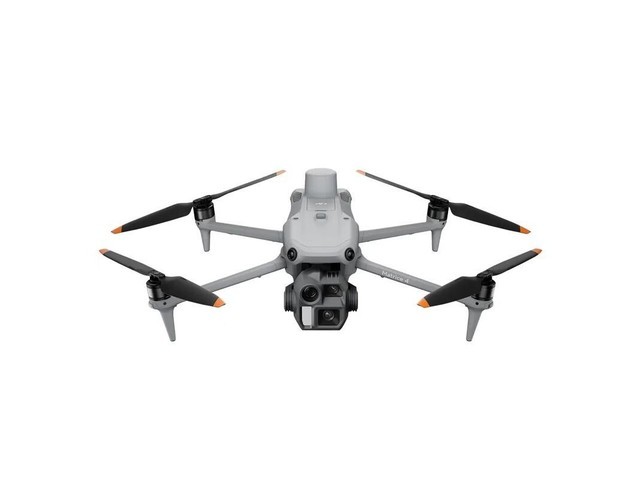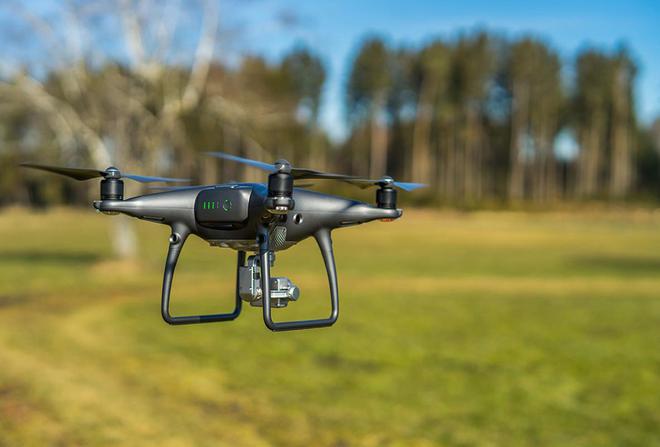Understanding Drone Racing
At its core, drone racing is a competition where pilots maneuver their UAVs (Unmanned Aerial Vehicles) through a set course. Equipped with high-speed cameras, drones provide a first-person view (FPV) that places the audience directly in the cockpit. This immersive experience is elevated when you record your races, allowing you to relive the adrenaline-pumping moments and analyze performance.
The key to successful drone racing photography lies in selecting the right equipment. Modern drones come fitted with a variety of cameras, each offering different features like resolution, frame rate, and even night vision capabilities. Popular models often include 4K video capacity, providing stunningly clear footage that captures every thrilling twist and turn.
Choosing the Right Camera
Not all cameras are created equal. When selecting a camera for drone racing, consider factors like weight, battery life, and stabilization capabilities. A lightweight camera ensures agility and speed, while effective battery longevity supports extended recording sessions. Additionally, stabilization technology reduces blur, ensuring crisp images and fluid video that enhance viewing pleasure.
“Drone racing captures the heart-pounding excitement that traditional sports can only aspire to.”

Modern drones are equipped with gimbals and additional accessories that aid in achieving steady shots. Techniques such as pan shots, zooms, and dynamic intervals all add to the cinematic flair of your recording. These tools become invaluable when documenting exhilarating races with precision and creativity.
Mastering Motion and Editing
After capturing your footage, video editing becomes a powerful tool for enhancing your drone racing experience. Editing allows you to highlight moments of triumph, adjust angles, and add slow-motion effects that emphasize breathtaking maneuvers. Software such as Adobe Premiere Pro or Final Cut Pro offers a suite of features to refine and perfect your recordings.
Drone racing enthusiasts take advantage of these tools to create impressive compilations that can be shared with friends or on social media platforms like YouTube or Instagram. Building a visual narrative around your races can also attract followers who share your passion, thereby expanding your network and reaching new fans.
Some racers even turn their captured footage into educational content, offering insights on techniques and strategies that beginners may find useful. These videos are not merely for entertainment—they are an avenue for community building and skill sharing.
Ensuring Safety and Compliance
It’s crucial to adhere to safety protocols and regulatory standards when engaging in drone racing. Familiarize yourself with FAA regulations, especially if your racing events are conducted outdoors. Safety gear, such as helmets and goggles, should always be used to minimize the risk of accidents.
Finally, consider insurance options for your drone and camera equipment. Coverage not only protects your investments against unforeseen damages but also gives peace of mind during those intense racing sessions.
Frequently Asked Questions
- What type of camera is best for drone racing?
 A lightweight, high-resolution camera with image stabilization and long battery life is recommended for optimum performance.
A lightweight, high-resolution camera with image stabilization and long battery life is recommended for optimum performance. - How can I improve my drone racing recordings? Utilize editing software to enhance footage, highlight key moments, and add special effects to create engaging content.
- Is drone racing safe? Yes, with the correct safety gear and adherence to regulations, drone racing can be a safe and exhilarating sport.